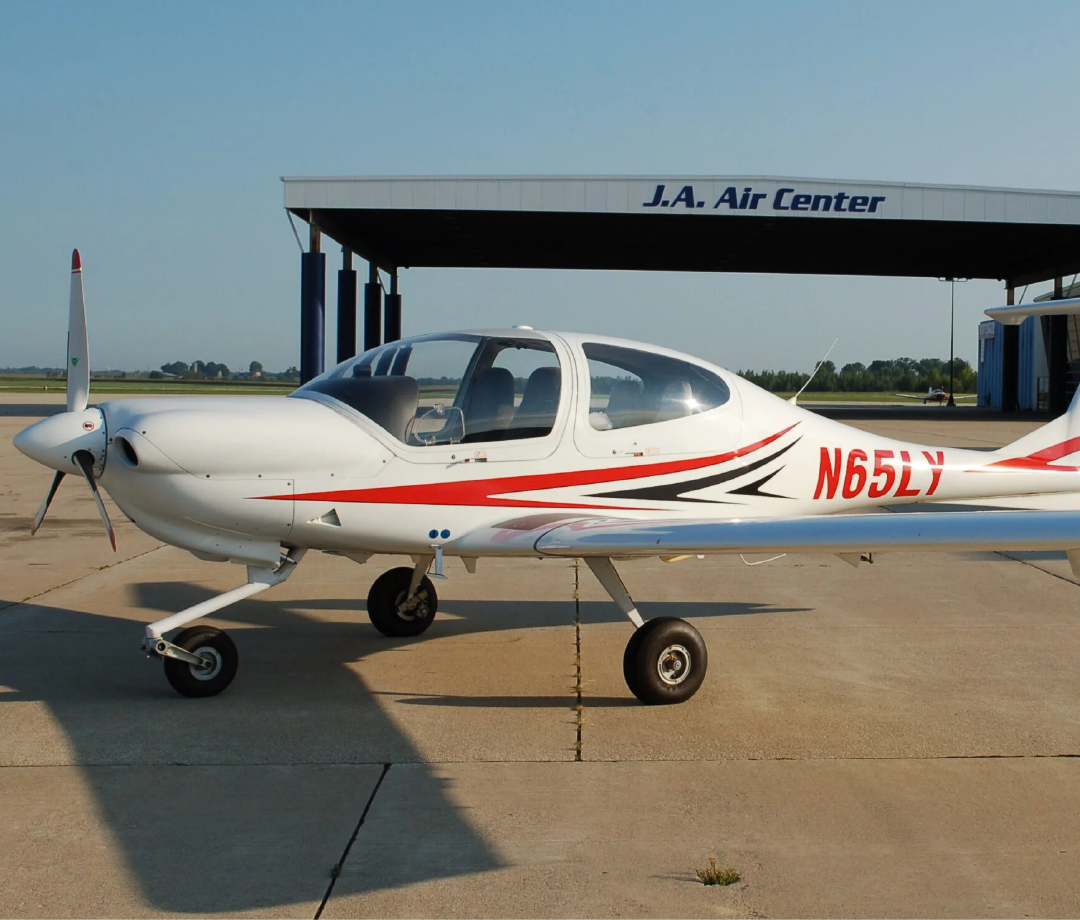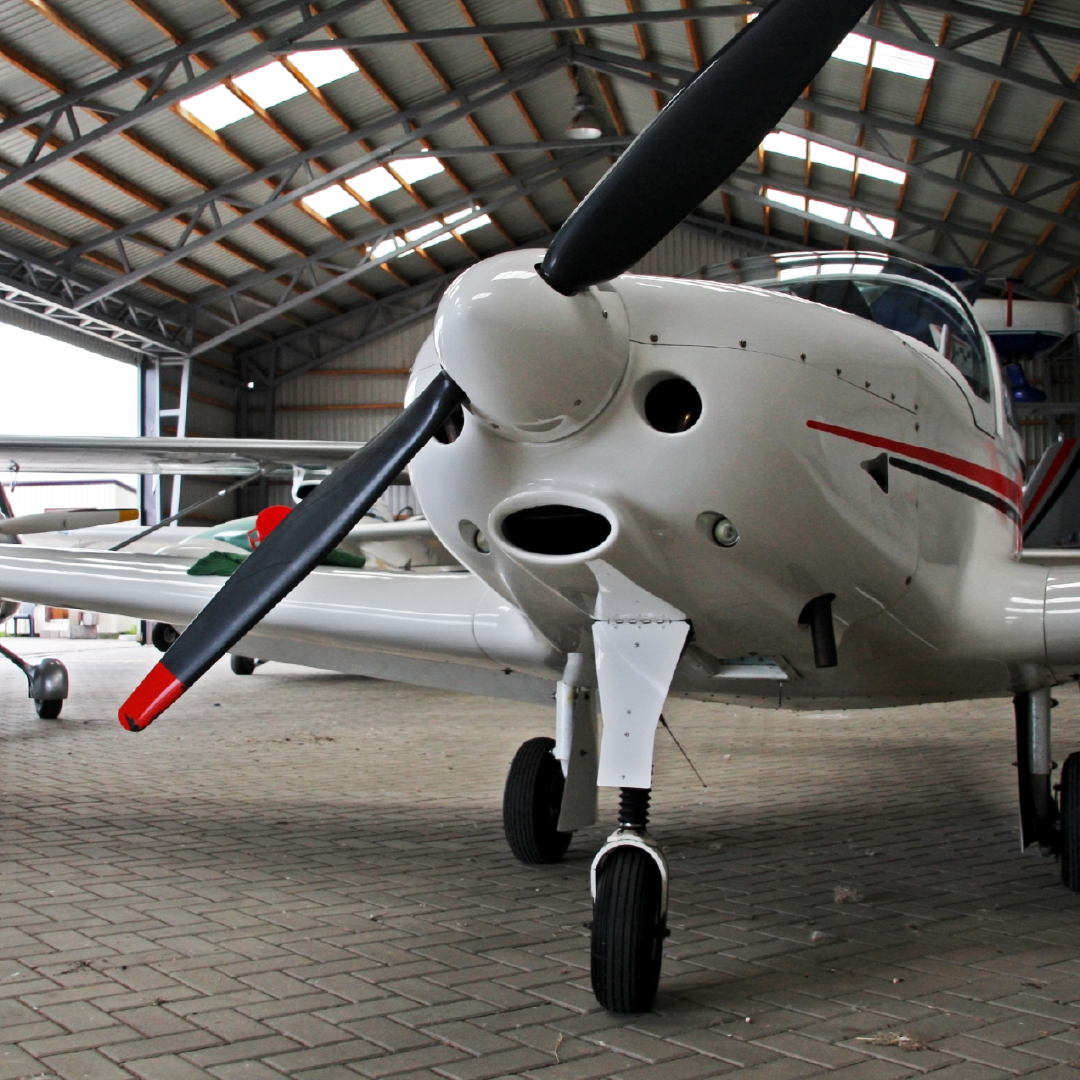who we are
About J.A. Air
Why Choose J.A. Air Center?
Pick J.A. Air Center for top-tier aviation services with a personal touch. We’ve got everything covered—from FBO and aircraft repairs to avionics installation and detailed cleaning. Our friendly team makes sure your aircraft stays in great shape, so you can relax and enjoy your flying experience. With our modern facilities and dedication to service, you’ll get the care and attention you deserve every time. Trust us to keep things smooth and easy for you.

Our History
J.A. Air Center was formed on a basis of providing dealership-caliber service to aircraft.

what our clients say
Customer Experiences
Our Location
Finding J.A. Air is a breeze – just follow our easy directions and enjoy top-notch service right at our convenient location.
Address
Aurora Municipal Airport (KARR) – 43W730 US Highway 30 – Sugar Grove, IL 60554
info@jaair.com
Phone
800.323.5966
contact us
Get in Touch with Our Team for Aircraft Sales Inquiries
Looking for aircraft services or sales? We would love to hear from you! Fill out the contact form and we'll get back to you as soon as possible.


